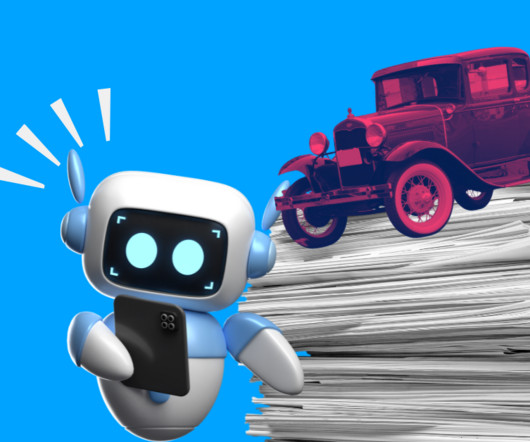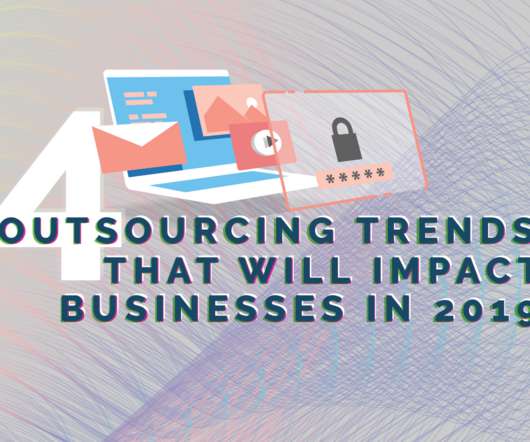Intelligent Document Processing: Fueling Efficiency and Growth
Lightico
APRIL 18, 2024
By using IDP, businesses can make their document processing easier, work faster, and keep their data more accurate. This technology is great for industries that handle a lot of paperwork, like finance, healthcare, and legal services. It helps them focus on important tasks and make better decisions with accurate data.












Let's personalize your content